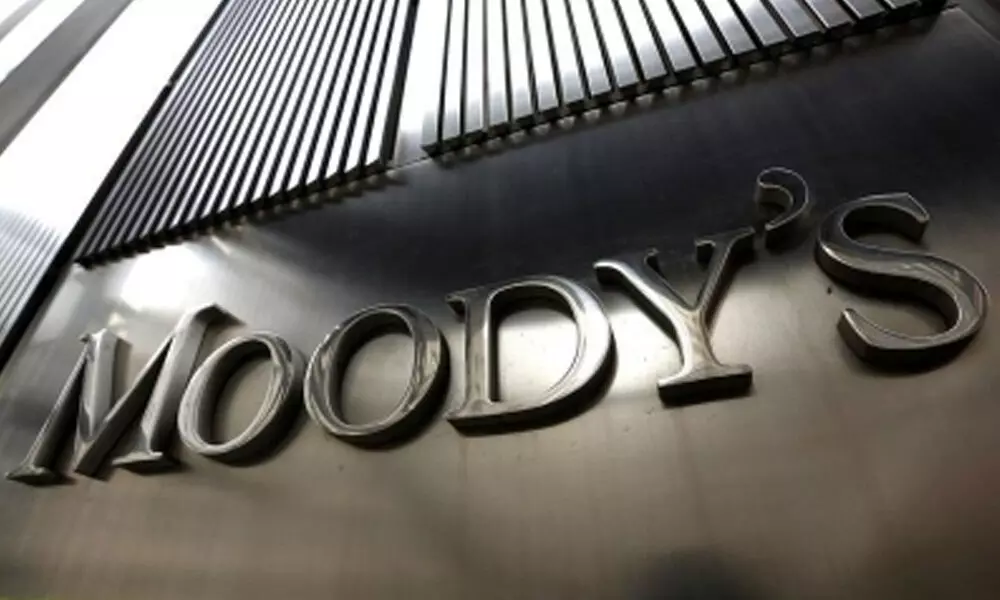Strong buffers to help Indian banks withstand asset risks: Moody's
image for illustrative purpose

New Delhi, Aug 26 India's second coronavirus wave is increasing asset risks for banks, but the country's economic recovery, a tightening of loan underwriting criteria, and continued government support will prevent a sharp spike in problem loans, according to a Moody's Investors Service report.
"A severe deterioration of banks' asset quality is unlikely, despite an expected rise in new loan impairments, particularly among individuals and small businesses that were hit hardest by the virus outbreak. This is because government initiatives like the emergency credit linked guarantee scheme (ECLGS) have been effective in providing immediate liquidity for businesses," Moody's Vice President and Senior Credit Officer Alka Anbarasu said.
In addition, accommodative interest rates and loan restructuring schemes will continue to mitigate asset risks, such that the coronavirus resurgence will delay but not derail the improvements in banks' balance sheets that had begun before the pandemic.
Moody's rated banks also have stronger loss-absorbing buffers, which will help them withstand the asset quality decline and maintain their credit strength. Banks had reinforced these buffers in the past year through increases in capital, loan-loss reserves, and profitability.
Moody's baseline expectation is that newly formed nonperforming loans (NPLs) at public sector banks will increase nearly 50 per cent to about 1.5 per cent of gross loans annually in the next two years.
Nevertheless, banks' average NPL ratios will remain largely stable, driven by the resolution of legacy NPLs and an acceleration of credit growth.

